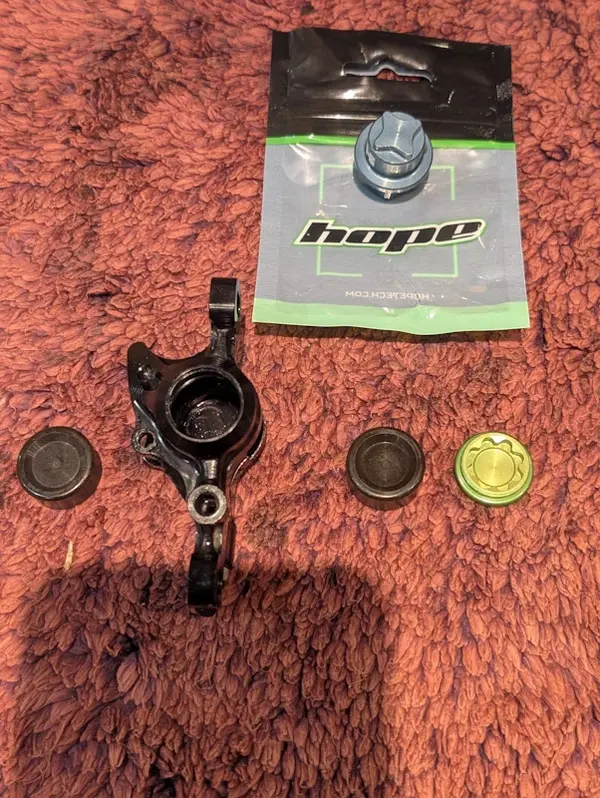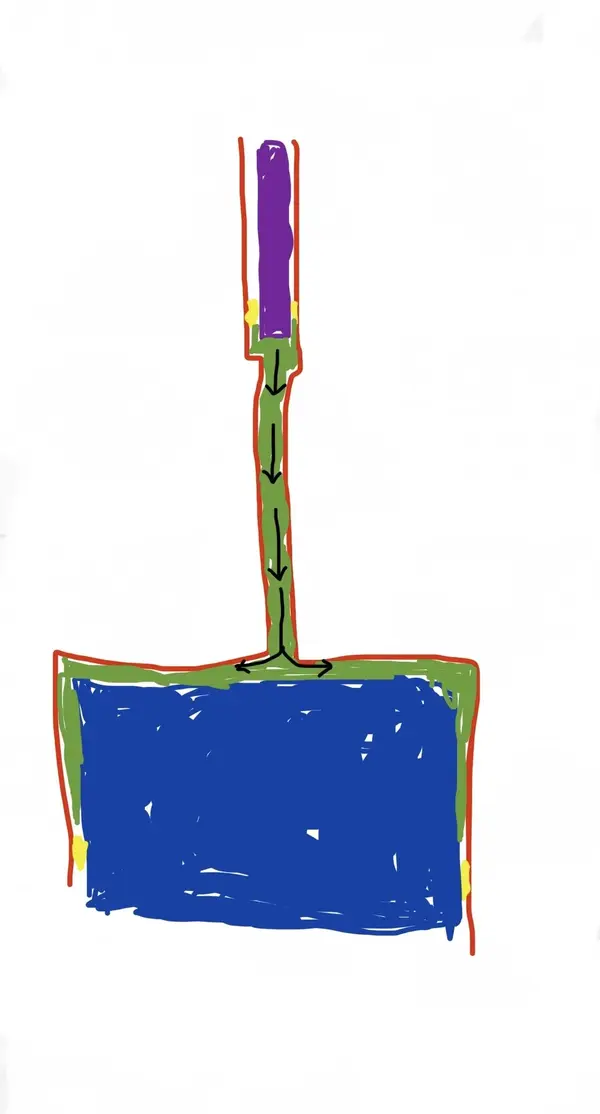Thanks for the detailed reply. They are the hope tech range, not tech 3s, though have a set of those but the ones in question are 2 pot with the lever adjusters.
I won't have time for a few weeks to further fettle, but have hunters lube and bleed kit, bit not the bore tools. I can probably suffice without and get the pistons out. Have some spares and steaks so if a clean fails I'll bite the bullet and replace.
I won't have time for a few weeks to further fettle, but have hunters lube and bleed kit, bit not the bore tools. I can probably suffice without and get the pistons out. Have some spares and steaks so if a clean fails I'll bite the bullet and replace.

